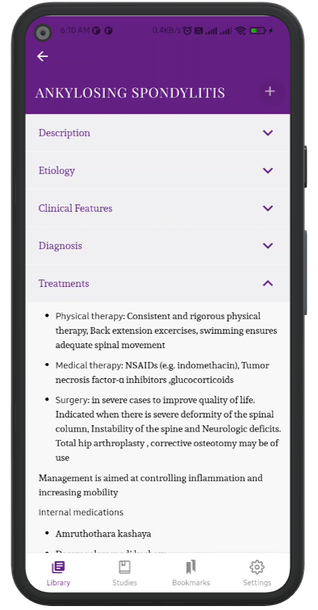JAUNDICE (ICTERUS)
Description
- Jaundice, or icterus, is a yellowish discoloration of skin, sclera and mucous membranes caused by the accumulation of bilirubin deposits. Jaundice is one of the most common presenting symptoms of liver disease and this is due to elevation of bilirubin levels
- Jaundice can occur due to prehepatic, intrahepatic, or posthepatic causes
- Prehepatic jaundice is caused by the accumulation of unconjugated bilirubin due to increased haemoglobin breakdown or impaired hepatic uptake/conjugation of bilirubin. Intrahepatic and posthepatic jaundice may be due to decreased excretion/impaired reuptake of bilirubin by the liver or cholestasis, which can result from either reduced formation/secretion of bile (non obstructive cholestasis) or biliary obstruction (obstructive cholestasis)
- Jaundice is also characterized by pruritis, darkening of urine, and pale stools (in case of intra hepatic or post hepatic cholestasis). Skin discoloration becomes apparent at serum bilirubin levels > 4–5 mg/dl
Types
- Jaundice with high coloured urine – Direct hyperbilirubinemia
- Jaundice with no high coloured urine – unconjugated hyperbilirubinemia
- Jaundice preceded by prodrome of fever, body ache, nausea, vomiting – Acute viral hepatitis or reactivation of chronic hepatitis
- Jaundice with severe abdominal pain – Biliary colic due to bile duct stones
- Jaundice with Fever and chills – Cholangitis
- Painless, progressive jaundice with weight loss and anorexia – Malignant biliary obstruction
- Progressive jaundice, pruritis, clay coloured stools – Cholestatic phase of viral hepatitis / obstructive jaundice
Investigation
- LFT
- HBsAg
- Anti HCV
- ANA
- AMA
- Ultrasound
- MRCP (Magnetic resonance cholangiopancreatography)
Treatments
Management of underlying condition
Internal medicines
- Vasa guduchyadi kashaya
- Patola katurohnyadi kashaya
- Punarnavadi kashaya
- Drakshadi lehya
- Avipathi choorna
- Annabhedi sindoora
- Bhoomyamlaki – in milk
Procedure
- Virechana – Avipathi choorna
Department
Kayachikitsa

